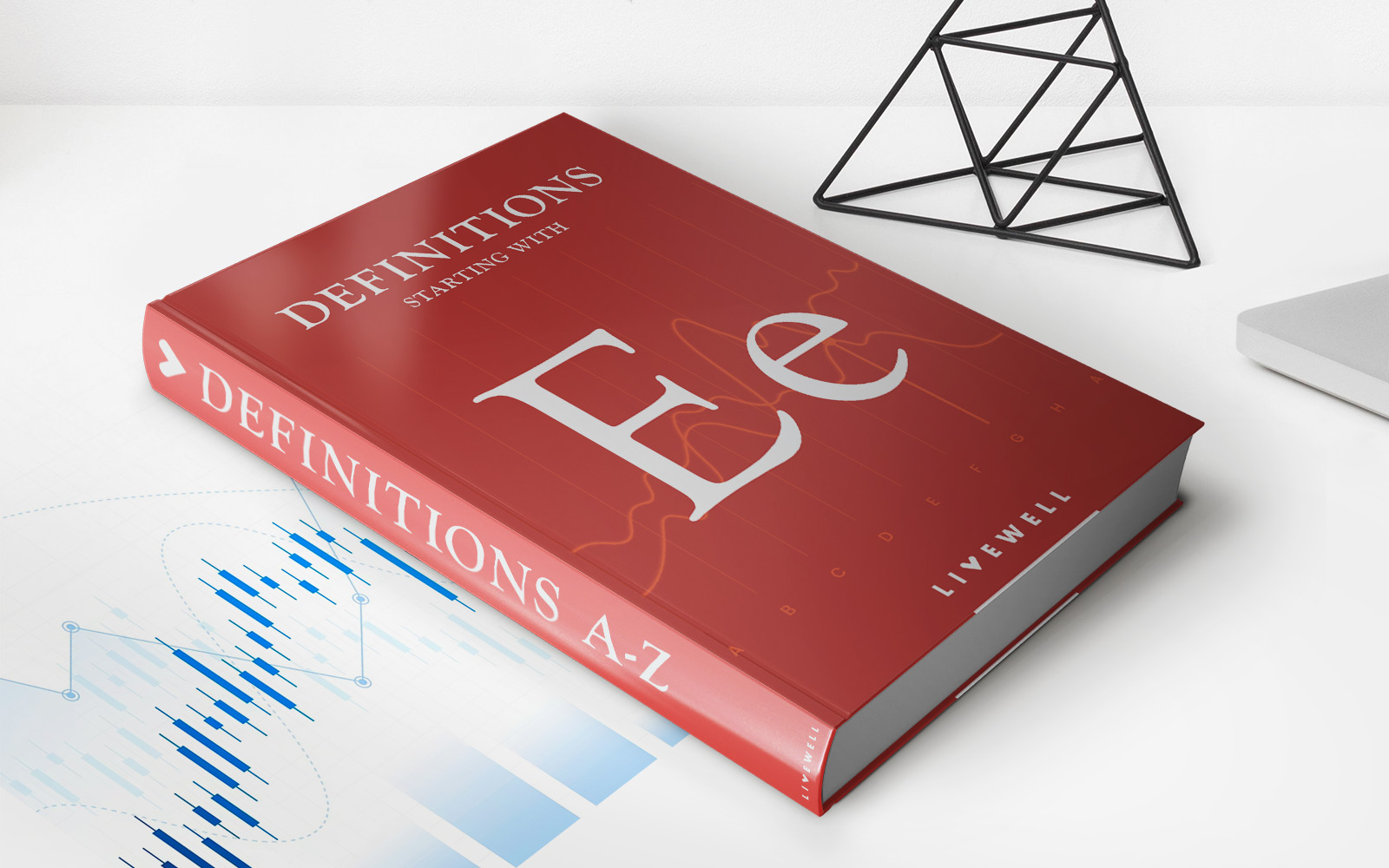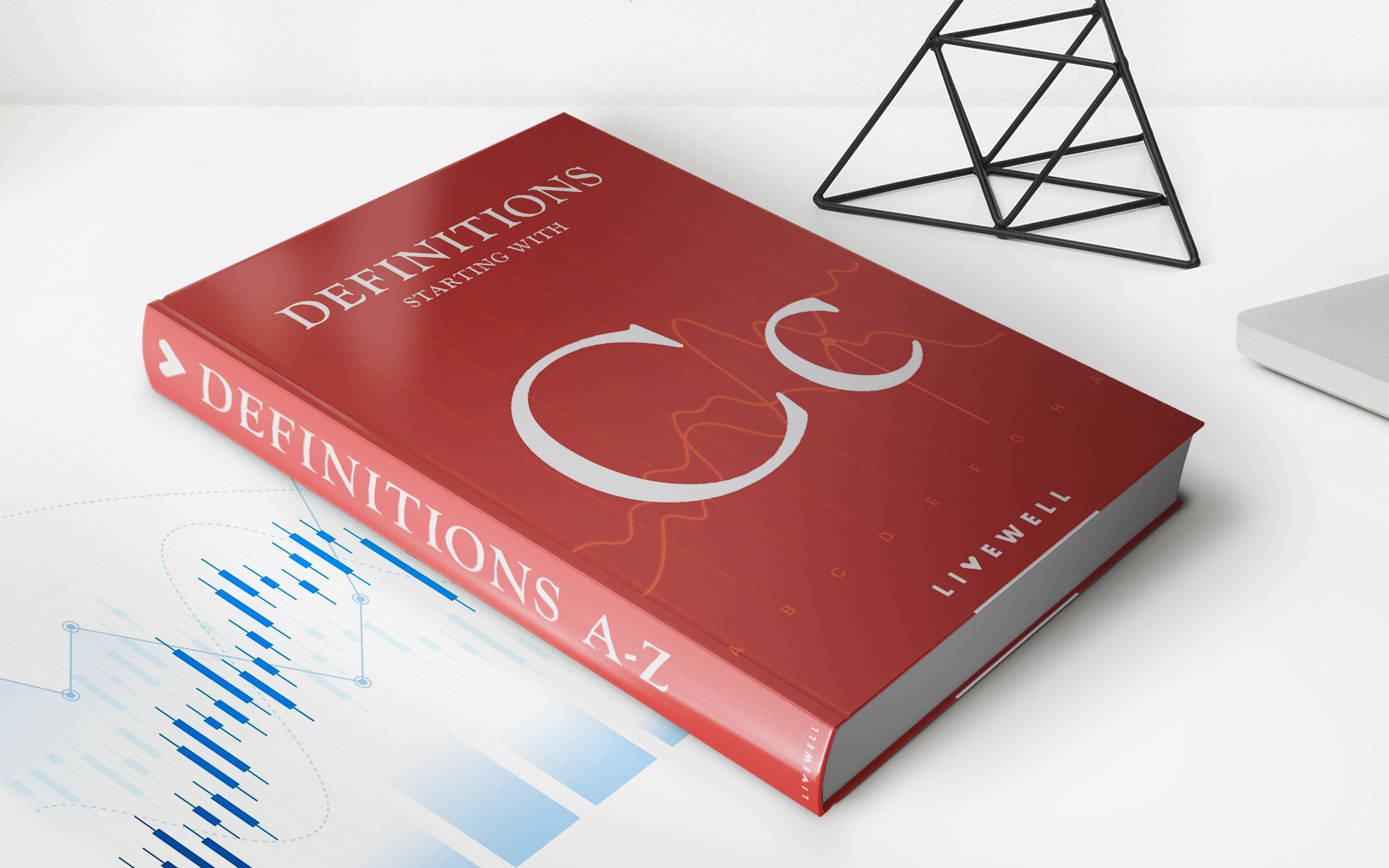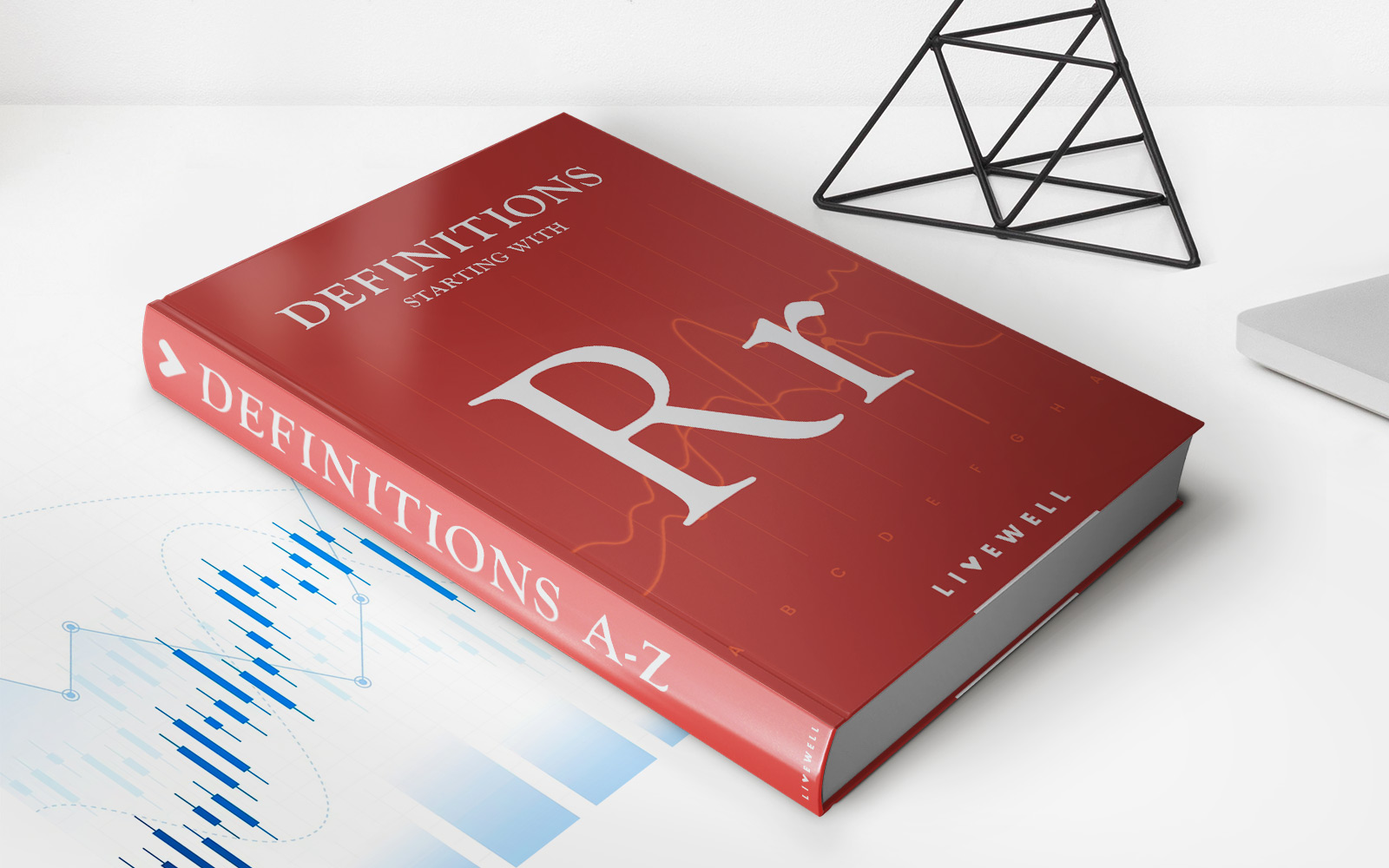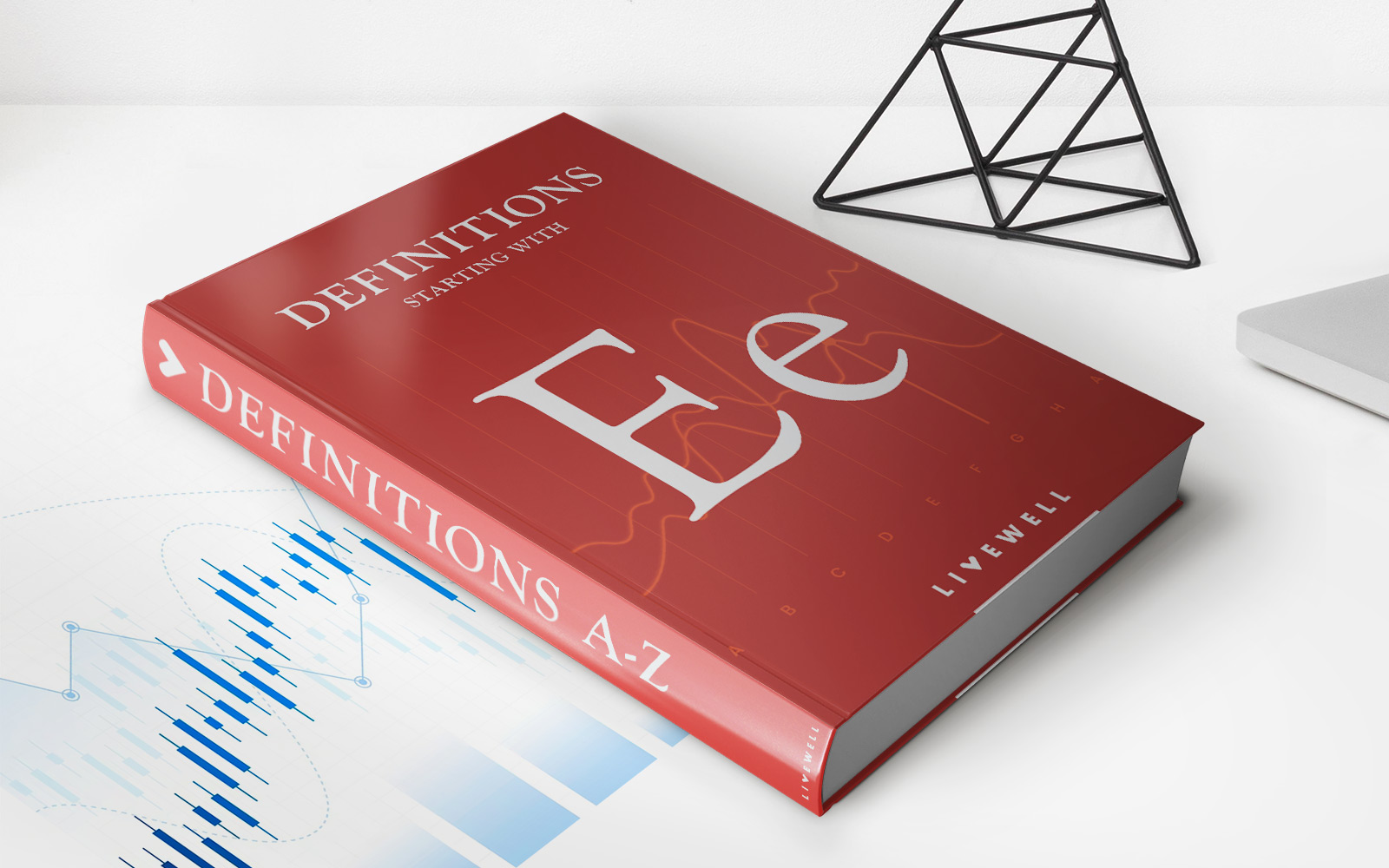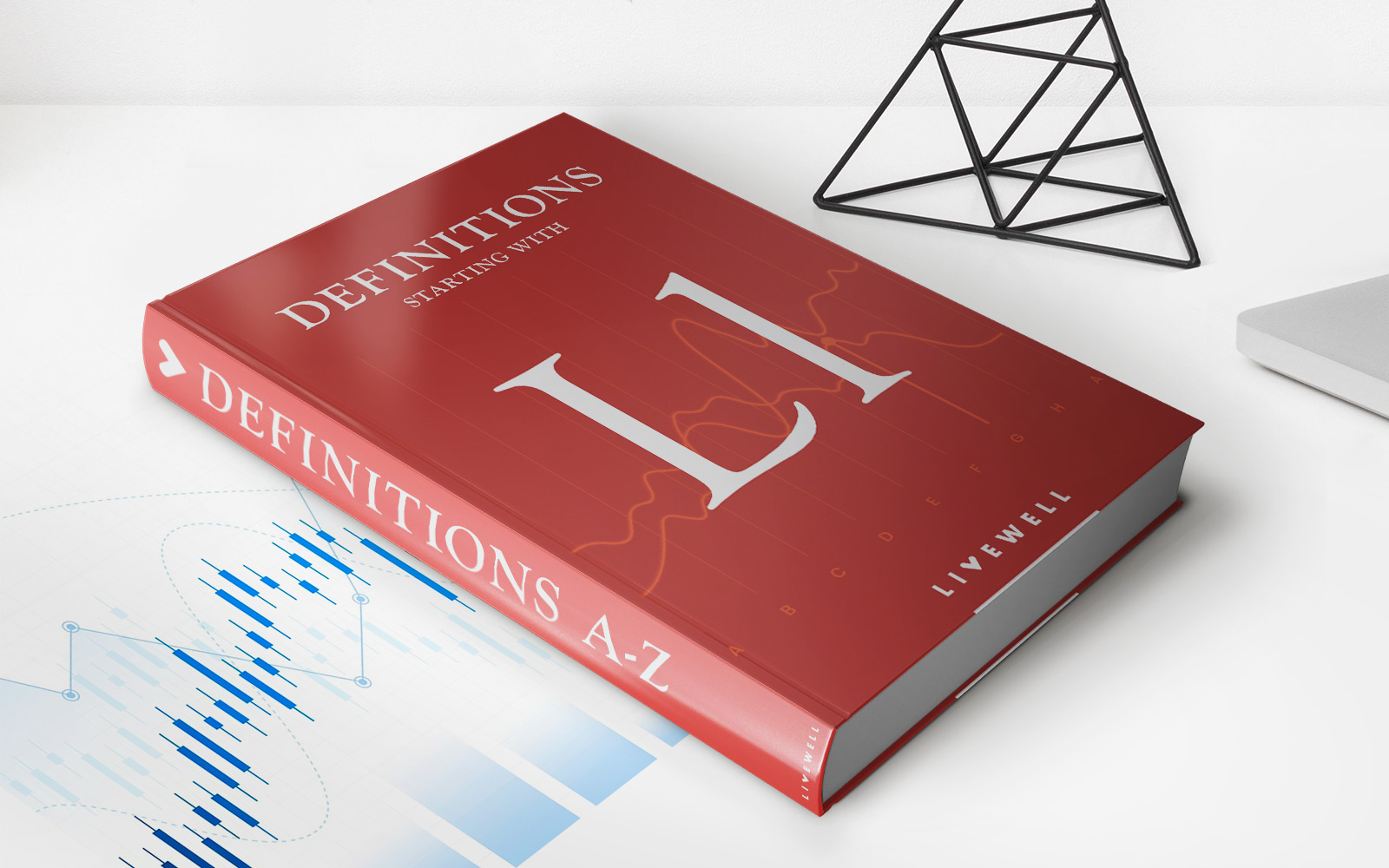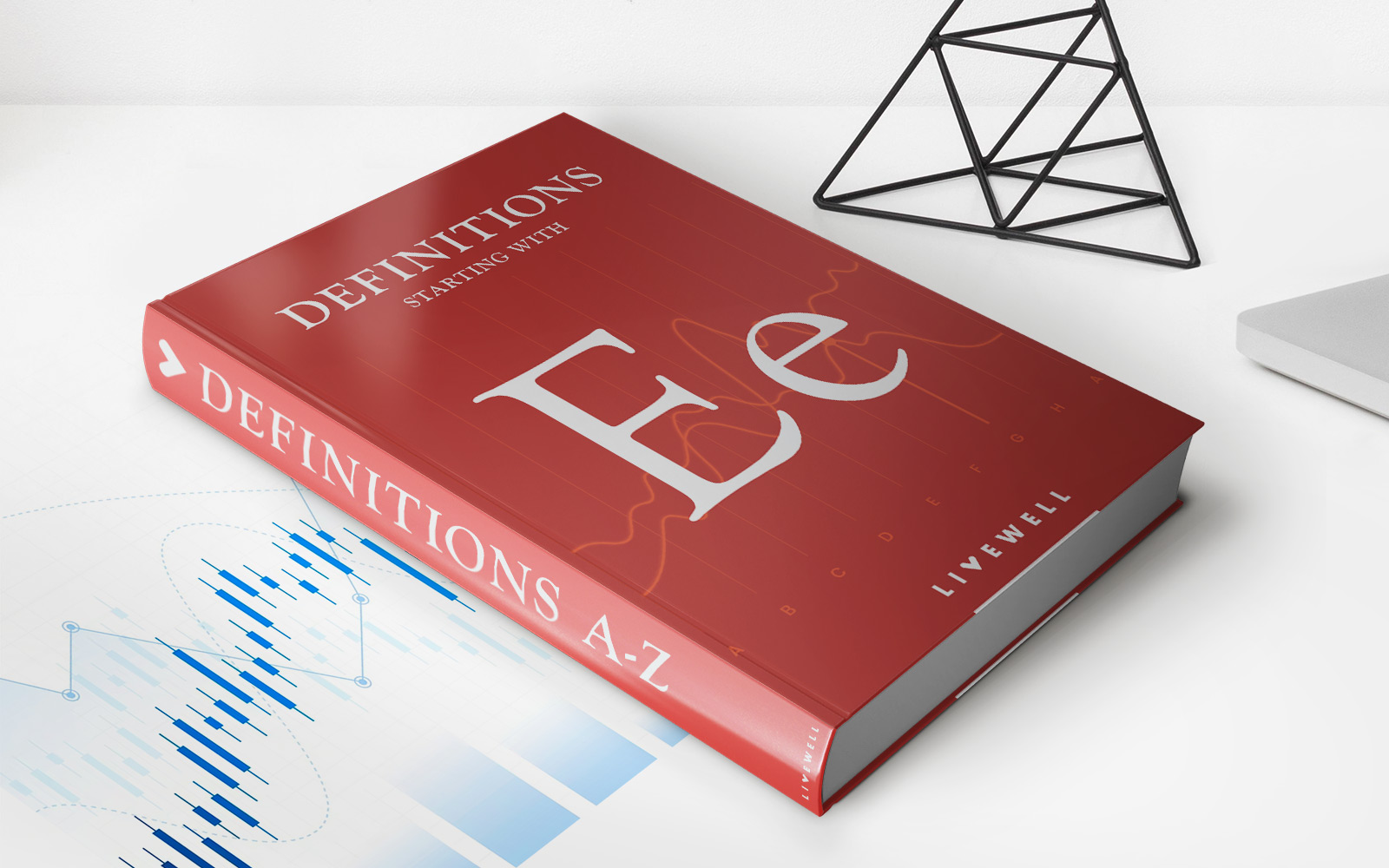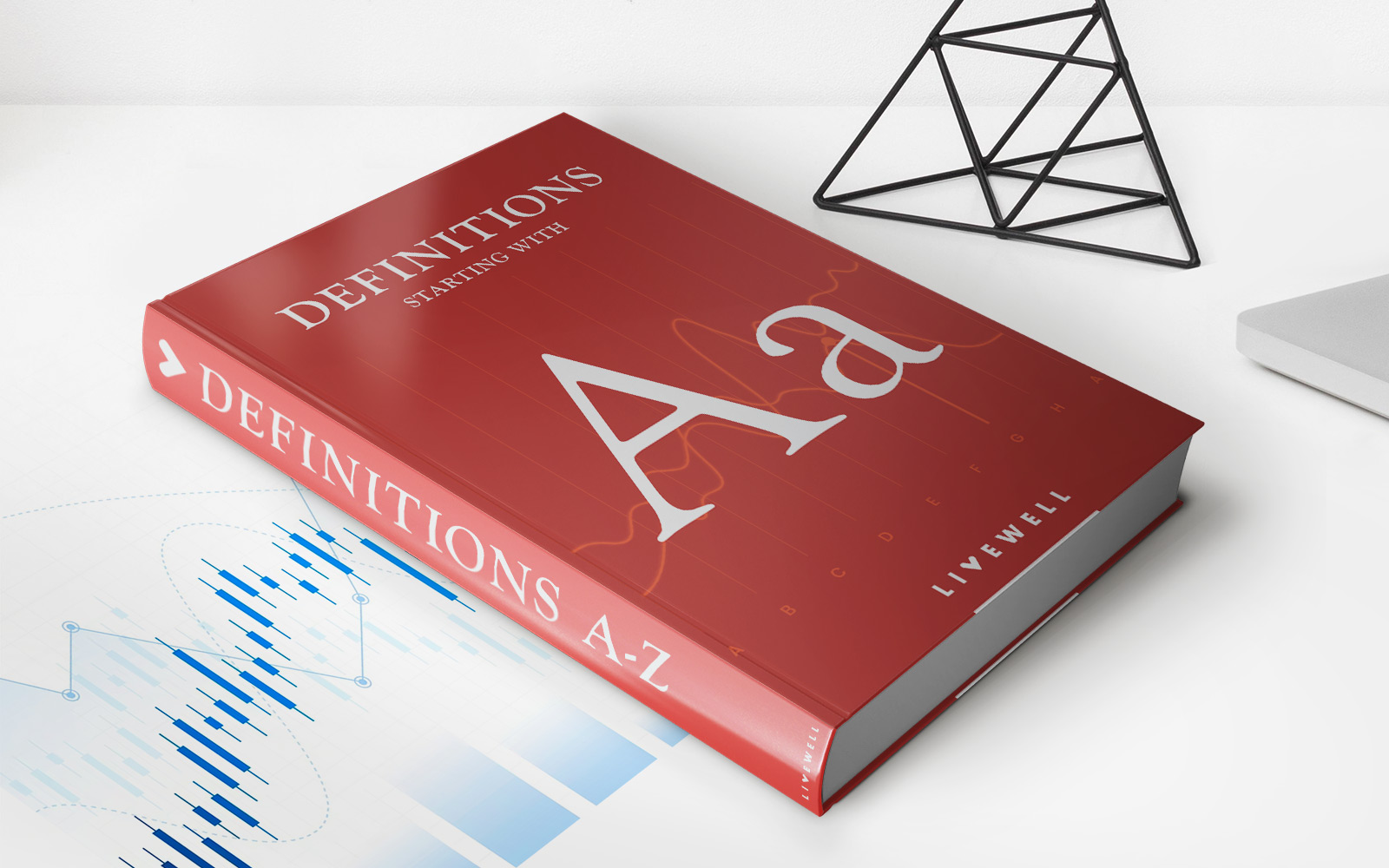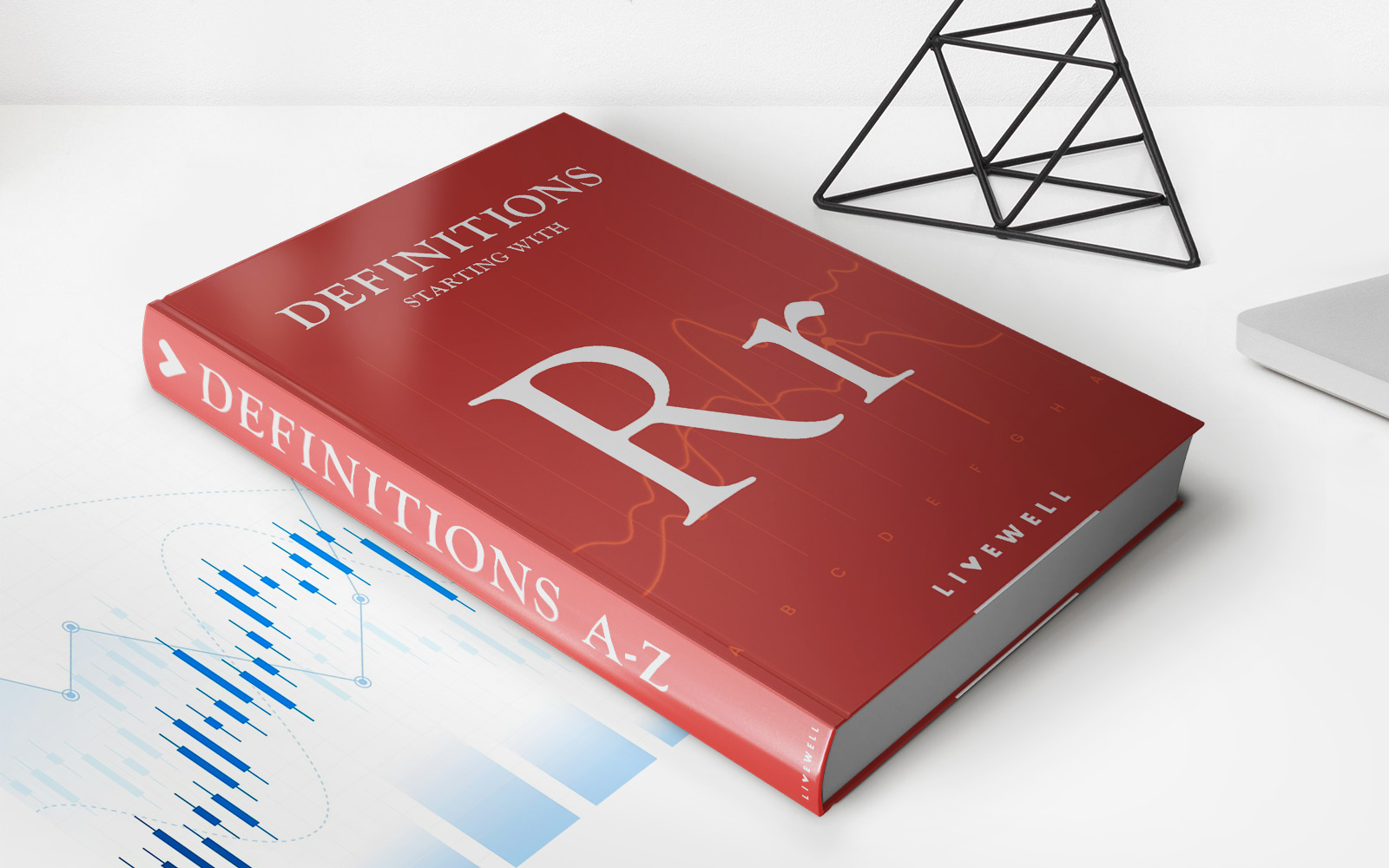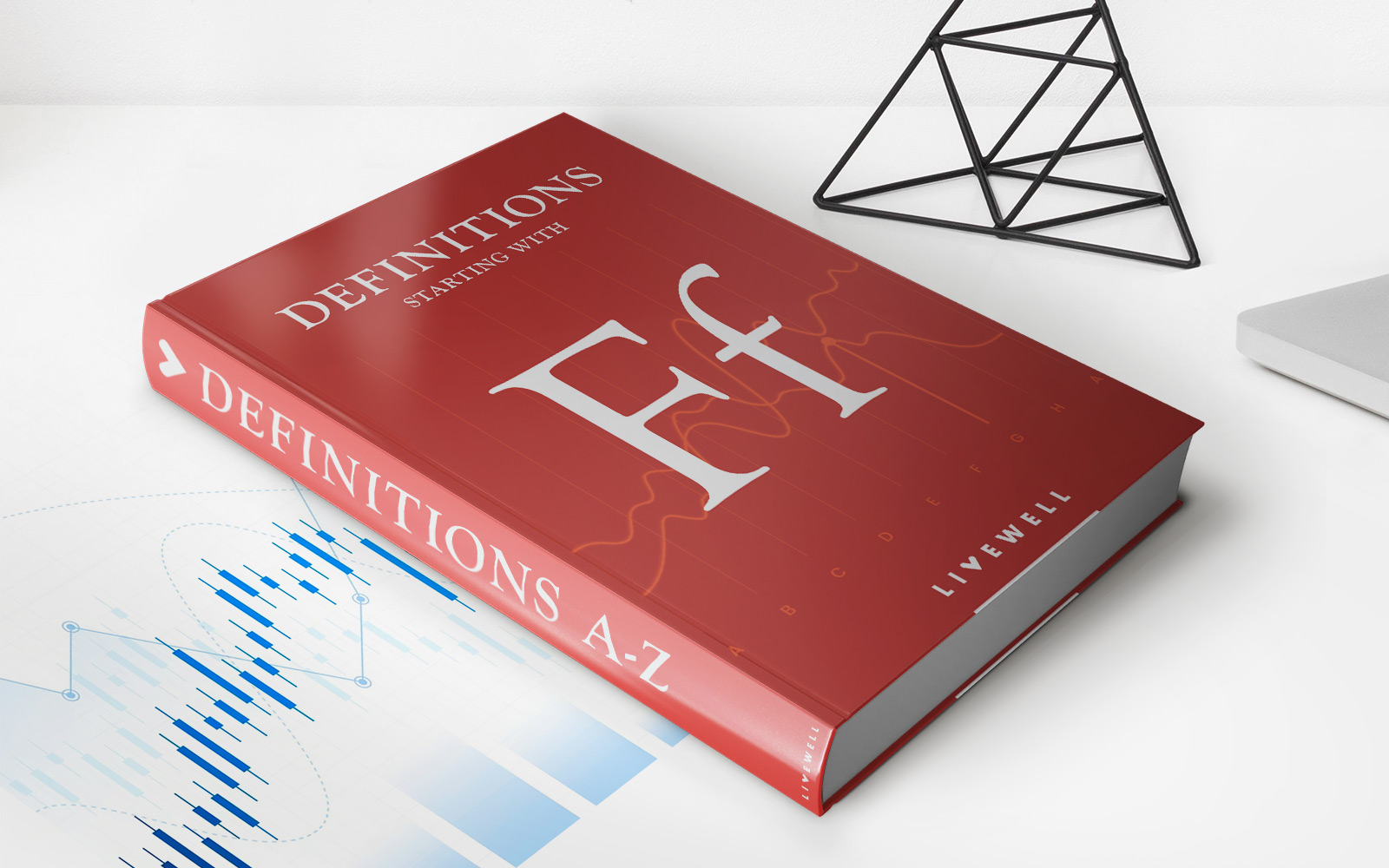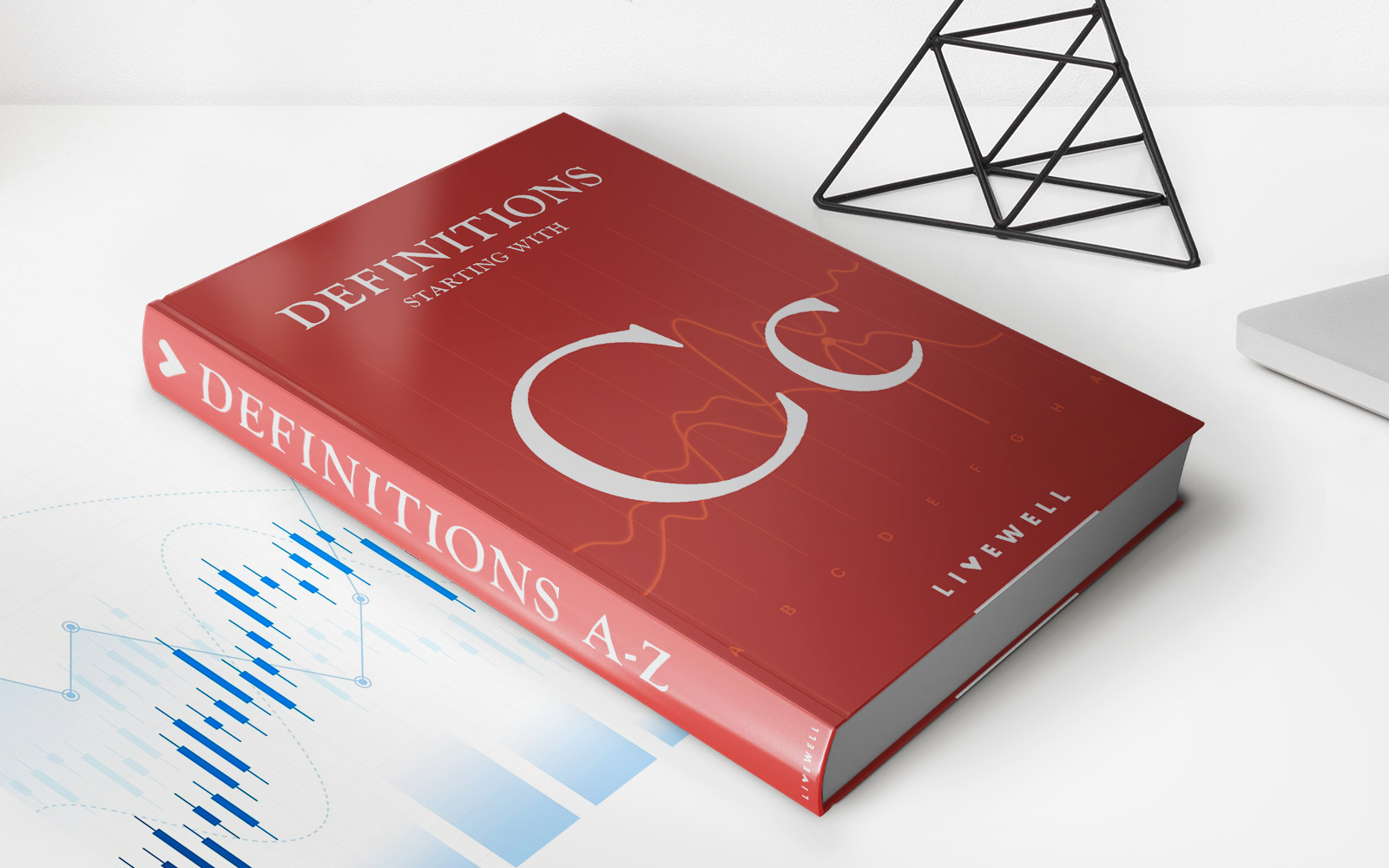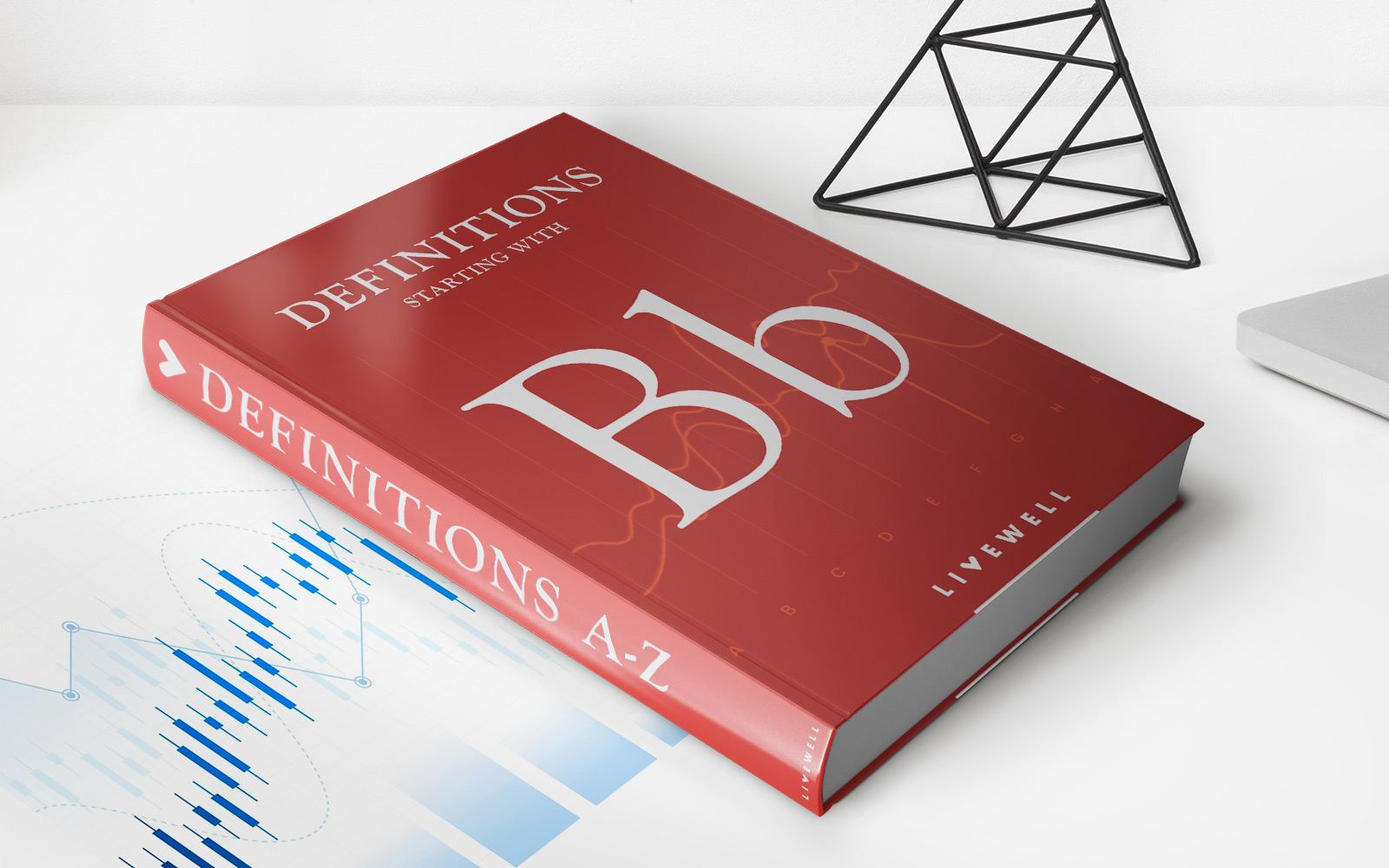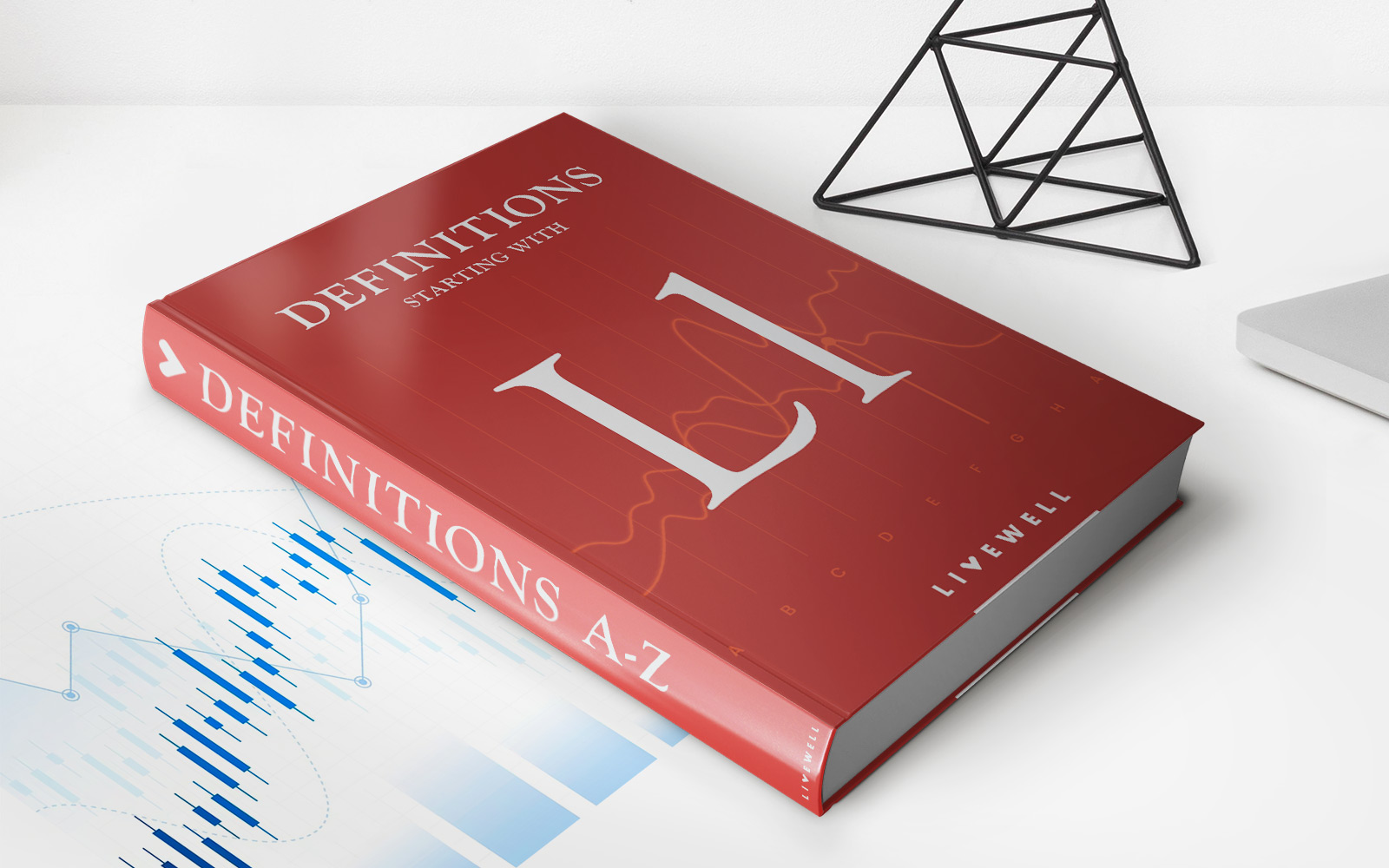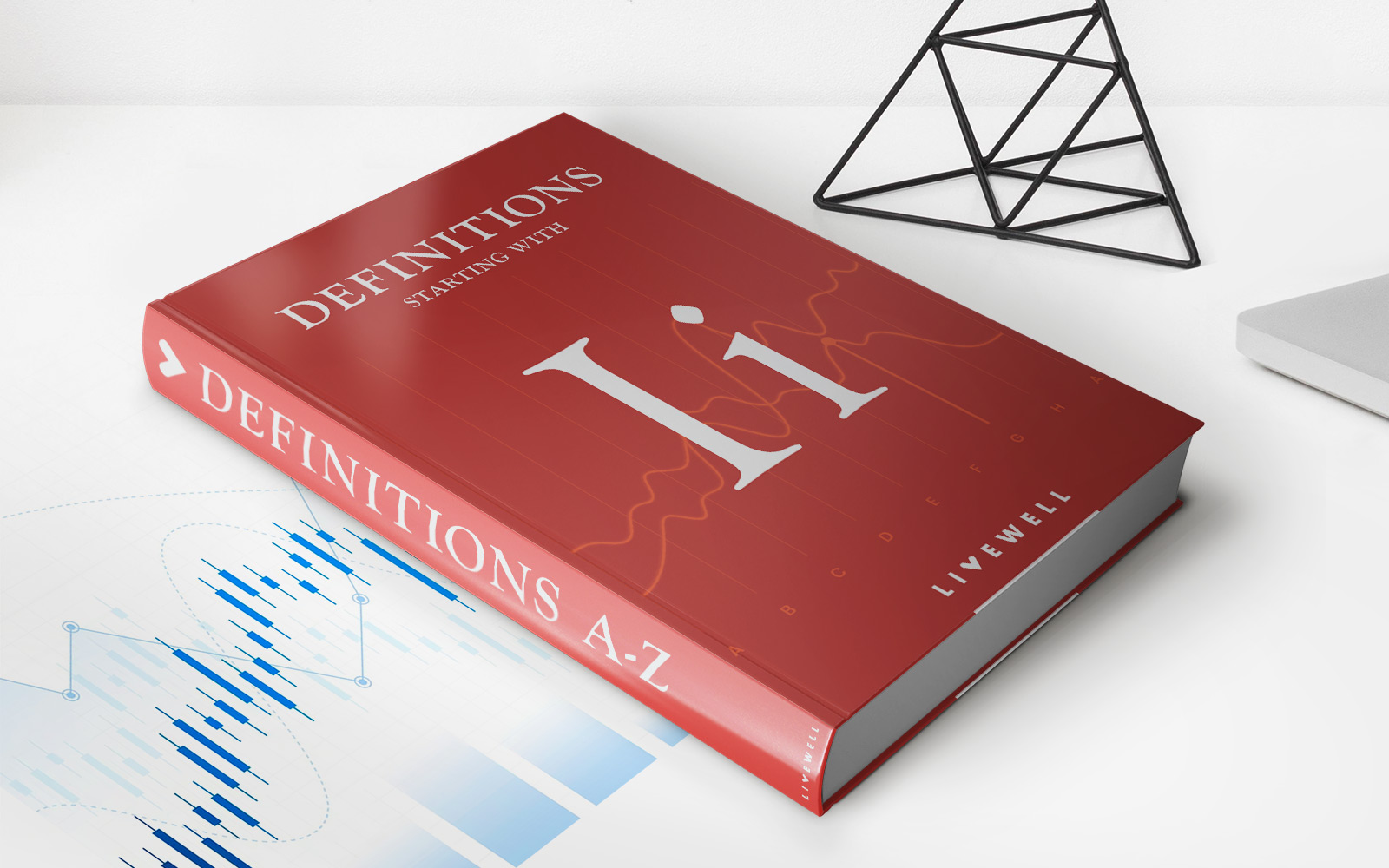

Finance
Intertemporal Equilibrium Definition
Published: December 12, 2023
Understand intertemporal equilibrium in finance and its significance in establishing stability and efficiency in financial markets.
(Many of the links in this article redirect to a specific reviewed product. Your purchase of these products through affiliate links helps to generate commission for LiveWell, at no extra cost. Learn more)
Understanding Intertemporal Equilibrium: A Key Concept in Finance
When it comes to financial markets and economic analysis, the concept of intertemporal equilibrium plays a pivotal role. But what exactly does it mean? How does it impact financial decision-making and market efficiency? In this blog post, we will delve into the world of intertemporal equilibrium, providing an overview of its definition, significance, and relevance in the realm of finance.
Key Takeaways:
- Intertemporal equilibrium refers to a state of balance in the flow of consumption and investment decisions over time.
- It plays a crucial role in determining market efficiency and the long-term stability of financial systems.
Defining Intertemporal Equilibrium
Intertemporal equilibrium is a concept that seeks to explain the balance between present and future consumption and investment decisions. It focuses on the dynamic nature of economic interactions over time and aims to analyze how individuals and societies allocate resources between the present and future.
In simple terms, intertemporal equilibrium represents a state of balance between saving and investing, where individuals and firms make optimal decisions about how much to consume and how much to invest at different points in time. It takes into account factors like interest rates, future income expectations, and time preferences.
The Role of Intertemporal Equilibrium in Financial Decision-Making
Intertemporal equilibrium has a profound impact on financial decision-making at both the individual and institutional levels. Here are a few key ways in which it influences financial markets:
- Optimal consumption and saving patterns: Intertemporal equilibrium helps individuals strike a balance between current consumption and saving for the future. It assists in making informed decisions regarding spending and saving in order to achieve long-term financial goals.
- Investment decisions: In the realm of finance, intertemporal equilibrium guides investment decisions by considering future returns and risk assessments. It helps investors determine how much to allocate to different assets over time, taking into account factors such as market conditions, time horizons, and risk tolerance.
- Market efficiency: Intertemporal equilibrium is critical in maintaining market efficiency. When individuals and firms make rational intertemporal decisions, market forces align appropriately, promoting the allocation of resources in an optimal manner. Well-functioning financial markets depend on intertemporal equilibrium for stability and efficiency.
- Macro implications: The concept of intertemporal equilibrium extends beyond individual decision-making. It also has implications at the macroeconomic level, including the impact on inflation, interest rates, and economic growth. Policy decisions by governments and central banks often consider intertemporal equilibrium to foster sustainable economic development.
In Conclusion
Intertemporal equilibrium is a fundamental concept in finance that plays a vital role in financial decision-making and market efficiency. By understanding this concept and its implications, individuals, investors, and policymakers can make more informed choices and contribute to the overall stability and efficiency of the financial system.
So the next time you come across the term “intertemporal equilibrium” in your financial readings or discussions, remember its significance in shaping the dynamics of the economy and financial markets.
Have you ever considered intertemporal equilibrium while making financial decisions? Let us know in the comments below!

